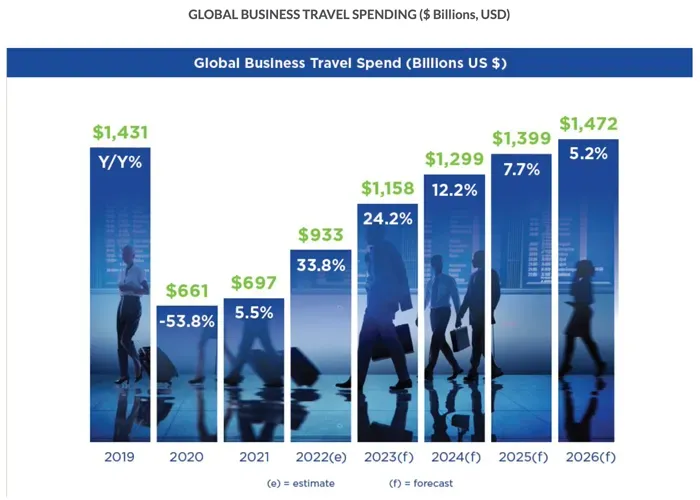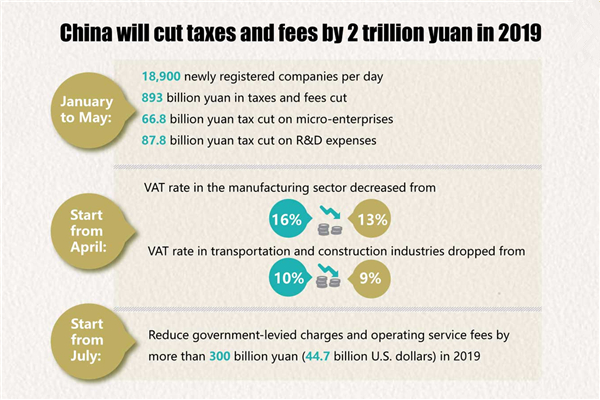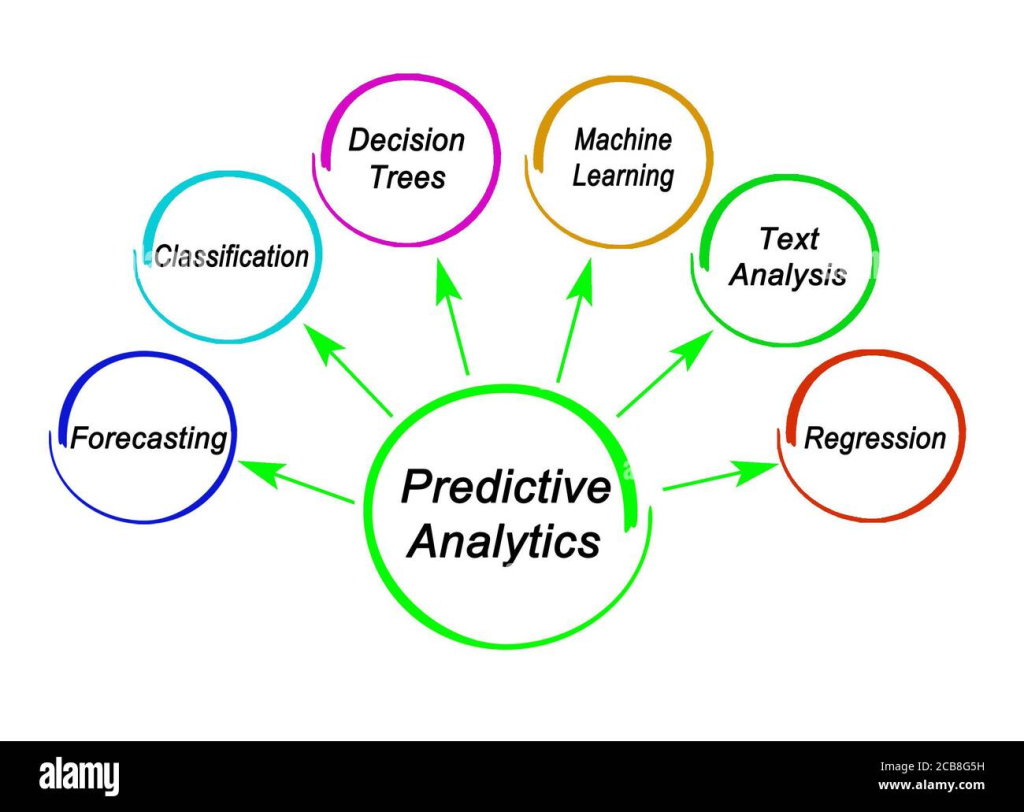In 2025, business spending is undergoing a dramatic transformation as Australian companies pivot from traditional spending patterns towards more strategic, lower-risk investments. According to recent studies, businesses are focusing on capital investments that yield swift returns and prioritize employee upskilling, technology investment, and efficiency improvements. This shift reflects evolving business spending trends, where the allocation of funds increasingly favors strategies that enhance productivity and foster workforce development over expensive, long-term capital acquisitions. With 91% of surveyed business leaders planning non-capital investments this year, it is clear that rethinking expenditure is critical for navigating today’s economic challenges. As firms adapt their spending habits, the emphasis on smarter, more immediate investments signals a promising evolution in how businesses approach growth and resilience in the marketplace.
As businesses strategize for the near future, the landscape of organizational expenditures is shifting significantly. In 2025, companies are prioritizing smart spending over lavish expenditures, focusing largely on investments in human resources and cutting-edge technologies. This reallocation of financial resources signifies an emerging trend towards lower-risk capital expenditures that promise quicker returns. Business leaders are making astute decisions about where to channel their funds, honing in on areas that enhance workforce capabilities and operational efficiency. This shift is not merely a reflection of the economic climate but also an indication of a broader understanding of what drives sustainable growth in challenging times.
The Shift in Business Spending Trends in 2025
In 2025, Australian businesses are demonstrating a marked shift in their spending habits, steering away from traditional, high-cost capital investments. This transformation is largely influenced by the need for lower-risk investments that promise quicker returns. As companies face tightening profit margins and economic uncertainty, they are strategically prioritizing areas that enhance operational efficiency and foster growth without requiring massive upfront capital expenditures. Businesses are recognizing that investing in areas such as employee upskilling and technology can lead to rapid improvements in productivity, allowing them to adapt swiftly to changing market conditions.
This trend towards smarter spending is further evidenced by a comprehensive survey indicating that over 90% of business owners plan to focus on non-capital investments in the coming year. Specifically, this includes bolstering human capital and technology investments, with firms acknowledging that an empowered workforce equipped with advanced skills can leverage existing resources more effectively than investing in costly new machinery. This approach not only mitigates financial risk but also positions businesses favorably in a competitive landscape.
Prioritizing Employee Upskilling for Business Growth
Employee upskilling emerges as a critical focus for Australian businesses in 2025, with 35% prioritizing it as a top investment area. This shift underscores the recognition that an organization’s most valuable asset is its workforce. By enhancing the capabilities of existing employees, businesses can ensure they are agile and competitive without incurring the costs associated with new hires. Upskilling programs provide employees with the tools they need to increase productivity, drive innovation, and adapt to new technologies, which is essential in today’s rapidly evolving business environment.
Additionally, investing in human capital allows companies to cultivate a culture of continuous improvement and learning. This not only boosts employee morale and retention but also prepares the organization for future challenges. With the current focus on efficiency and cost-effectiveness in business spending, the shift towards developing internal talent reflects a profound understanding of the long-term benefits that come from nurturing skills over merely expanding headcount.
Technology Investments: The Future of Business Spending
As businesses look to streamline operations and enhance efficiency, technology investments have taken center stage. A significant percentage of companies—38%—are planning to allocate funds towards technology and IT infrastructure this year. In a world where digital transformation has become paramount, businesses are realizing that technology can improve both operational processes and customer engagement. Unlike traditional machinery that requires substantial investment and long payback periods, technology investments often yield immediate operational benefits and can enhance customer satisfaction swiftly.
Moreover, tech investments often come with the dual advantage of facilitating operational improvements alongside ensuring a competitive edge. Businesses that choose to focus on digital tools and technologies, such as cloud computing and data analytics, are positioning themselves to leverage insights that drive better decision-making. This reflects a strategic pivot that not only addresses current needs but also aligns with future growth objectives, illustrating a commitment to long-term planning amid economic uncertainty.
Lower-Risk Investments Amid Tight Economic Conditions
With economic turbulence and rising costs, businesses are increasingly gravitating towards lower-risk investments that can deliver immediate returns. The trend seen in 2025 highlights that companies are favoring expenditures that provide quick payback periods rather than traditional high-capital projects. This preference is not merely a reaction to current economic constraints, but a strategic decision to mitigate risk and enhance liquidity. As many businesses face tight profit margins and cash flow challenges, prioritizing lower-risk investments allows them to safeguard their financial health while still working towards growth.
Additionally, the strategic shift to lower-risk investments is a response to external pressures such as soaring energy costs and rising interest rates. These macroeconomic factors significantly influence investment decisions, leading businesses to focus on improving operational efficiency and customer experiences, rather than expanding production capacities. By channeling resources into areas that promise rapid returns and lower operational costs, businesses can navigate the uncertain economic landscape more successfully.
Innovating Customer Experience through Strategic Spending
In an era where customer satisfaction drives loyalty and revenue, Australian businesses are recognizing the importance of investing strategically in customer experience improvements. With 16% of businesses focusing their spending on enhancing customer interactions and service delivery, the emphasis is on cultivating positive experiences that can lead to repeat business and brand advocacy. This investment reflects a broader understanding that customer expectations are evolving, and businesses must adapt quickly to retain their competitive edge.
Furthermore, this push towards enhancing customer experience goes hand in hand with marketing and advertising investments, which about 22% of businesses are prioritizing. By improving customer touchpoints and marketing strategies, companies are signaling their commitment to understanding and meeting the needs of their clientele. This customer-centric approach not only encourages short-term sales but also fosters long-term relationships that are crucial for sustained business growth.
Overcoming Financial Constraints in Business Spending
Businesses today are contending with multiple financial constraints that dictate their spending choices. Key challenges reported include tight profit margins, insufficient cash flow, and the necessity of prioritizing debt repayments. These internal barriers are encouraging organizations to adopt a more selective approach to spending, focusing on investments that promise clear, measurable returns. By navigating these constraints wisely, businesses can make decisions that bolster their financial health and operational efficiency without compromising growth aspirations.
Furthermore, external factors such as rising energy costs and economic uncertainty add layers of complexity to financial planning. Companies are acutely aware that every dollar invested must work harder than ever in this environment of scrutiny. As a result, the trend of investing in lower-risk initiatives, which can deliver swift benefits, allows businesses the flexibility needed to respond to ongoing economic challenges while still setting the stage for future stability and growth.
The Economic Impact of Strategic Investments in 2025
The strategic shift in business spending in 2025 not only reflects changing corporate priorities but also carries potential long-term benefits for the broader economy. By trading traditional capital expenditures for investments in people and technology, businesses are making productivity-enhancing choices that could lead to sustained economic growth. This investment strategy is anticipated to create a more resilient workforce and a more agile business landscape, ultimately promoting competitiveness within the Australian market.
As Australian businesses transition towards lower-risk, higher-return investments, they are also contributing to an economy that values innovation and efficiency over mere expansion. This approach signals a shift in how economic recovery is viewed; rather than waiting for external conditions to improve, companies are proactively developing their capabilities to meet changing demands. The implications of this modulated spending could redefine the trajectory of growth, fostering a more sustainable economic environment in the process.
Navigating Economic Uncertainty Through Smart Investments
In light of current economic challenges, businesses are increasingly cautious about their spending habits. The willingness to embrace a strategy focused on necessary investments reflects an awareness of the complex and uncertain economic climate. By intentionally directing resources toward high-impact areas such as employee development and technology, businesses are not only optimizing their resources but also empowering themselves to weather economic storms.
The ability to navigate uncertainty through smart investments is becoming a hallmark of successful businesses in 2025. This approach of prioritizing efficiency and strategic growth positions companies to capitalize on future opportunities as conditions stabilize. Business leaders are recognizing that, despite challenges, the right investments—focusing on technology and talent—can lay the groundwork for a robust recovery and long-term success in an evolving market landscape.
Emphasizing Sustainable Investments for a Competitive Edge
With the increasing emphasis on sustainability amid tightening regulations and societal expectations, businesses are integrating sustainable practices into their investment strategies. Ten percent of companies plan to invest in sustainable assets, recognizing the dual benefit of compliance and operational cost reduction. This forward-thinking approach denotes a shift in how businesses evaluate investments, understanding that sustainable practices not only align with corporate responsibility but can also reduce long-term expenditures.
Moreover, investing in sustainability fosters a positive brand image, resonating with environmentally conscious consumers and clients. By aligning their spending with sustainable practices, companies are not only positioning themselves competitively in the market but also appealing to a growing demographic that values ethical practices. This focus on sustainability is likely to play a significant role in shaping future business strategies as the global landscape increasingly rewards responsible investment choices.
Frequently Asked Questions
What are the key business spending trends for 2025?
In 2025, businesses are shifting towards lower-risk investments that offer immediate returns. This includes prioritizing employee upskilling, technology investment, and operational efficiency over large capital expenditures. In fact, a significant 91% of business owners plan to make non-capital investments this year, focusing on areas that enhance sales and productivity without straining budgets.
How is employee upskilling influencing business spending in 2025?
Employee upskilling is at the forefront of business spending in 2025, with 35% of businesses prioritizing this strategy. Companies recognize that developing existing employees enhances productivity and is often more cost-effective than hiring new talent. This focus on human capital reflects a strategic pivot towards investments that build capabilities rather than merely expanding capacity.
What role does technology investment play in business spending in 2025?
Technology investment is a significant focus for Australian businesses in 2025, with 38% planning to invest in IT and digital solutions. This trend highlights the importance of digital transformation in improving operational efficiency and maintaining a competitive edge, especially in challenging economic conditions.
Why are businesses favoring lower-risk investments in 2025?
Businesses are prioritizing lower-risk investments in 2025 due to tight profit margins and economic uncertainties. With increased financial constraints, companies are opting for investments that promise quicker payback periods, like employee development, technology upgrades, and improvements in customer experience.
What types of capital investments are businesses avoiding in 2025?
In 2025, only 22% of businesses are planning investments in traditional machinery and equipment, which reflects a broader avoidance of big-ticket capital purchases. This trend indicates a strategic move towards more flexible and lower-risk investments that yield quicker returns.
How are external factors impacting business spending strategies in 2025?
External factors such as high energy costs, rising interest rates, and overall economic uncertainty are significantly influencing business spending strategies in 2025. These pressures compel companies to focus on investments that enhance efficiency and optimize costs, rather than expanding production capacity.
What is the outlook for capital investments in 2025?
Despite a cautious approach to capital investments, Australian businesses still forecast a substantial $155.9 billion in spending this year. However, there is a clear trend towards more discerning spending, with companies prioritizing investments that improve efficiency and foster growth, particularly in employee training and technology.
How can businesses ensure smart allocation of resources in 2025?
To ensure smart allocation of resources in 2025, businesses should focus on investing in employee skills, technology improvements, and sustainability initiatives that reduce operating costs. By prioritizing initiatives that offer quick, measurable returns, companies can enhance competitiveness while navigating economic challenges.
| Key Focus Areas | Percentage of Businesses |
|---|---|
| Employee Upskilling | 35 |
| New Hires | 31 |
| Technology and IT Investment | 38 |
| Office Furniture and Fittings | 28 |
| Product/Service Development | 23 |
| Marketing and Advertising | 22 |
| Customer Experience Improvements | 16 |
Summary
Business spending in 2025 indicates a strategic realignment towards low-risk, high-return investments. As economic uncertainties persist, companies are focusing less on substantial capital outlays and more on human capital, technology, and operational efficiency. By prioritizing these areas, businesses are better positioned to enhance their productivity and competitiveness in a challenging environment. This insightful shift helps not only in quick returns but also fosters long-term growth potential. Thus, it’s clear that for 2025, successful business strategies emphasize immediate gains and workforce investments over traditional big-ticket acquisitions.



